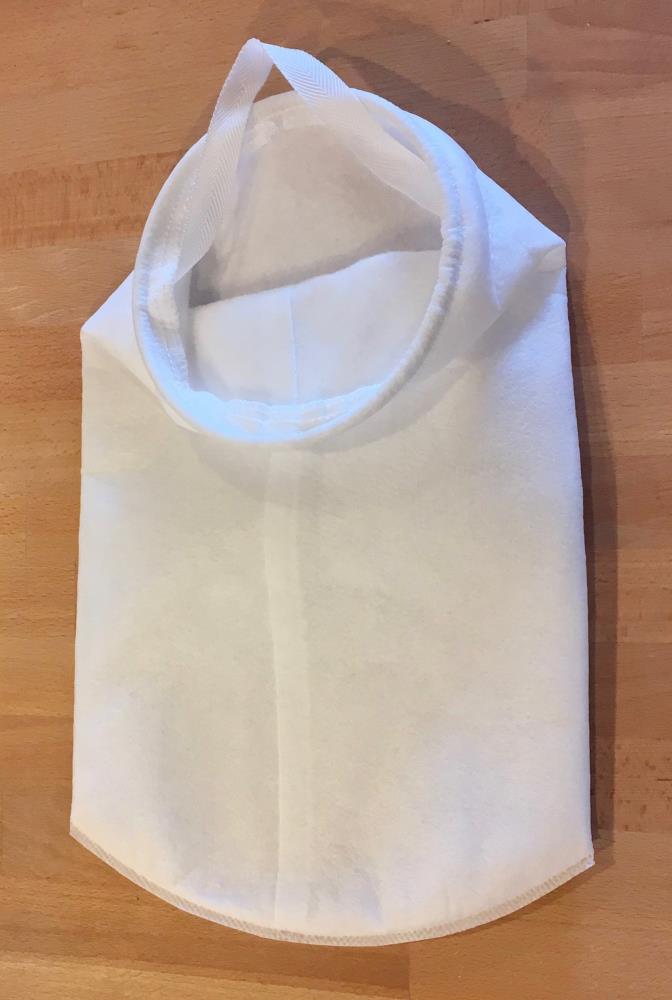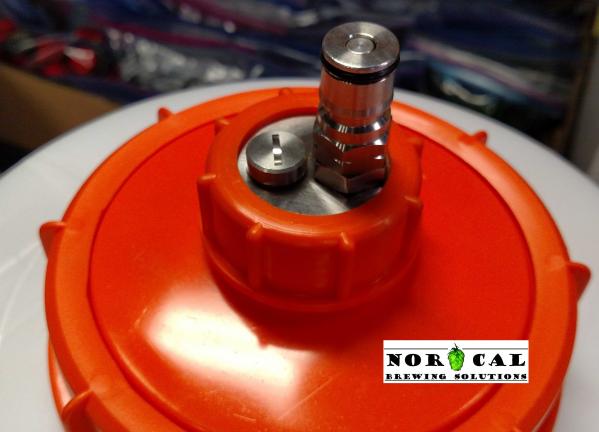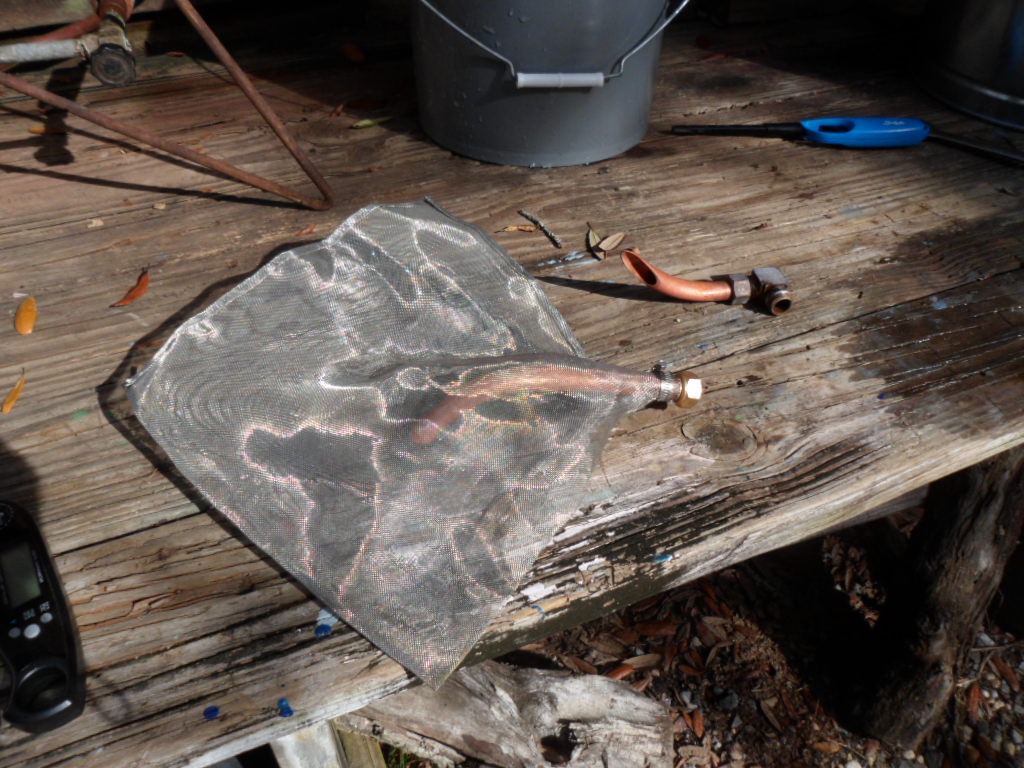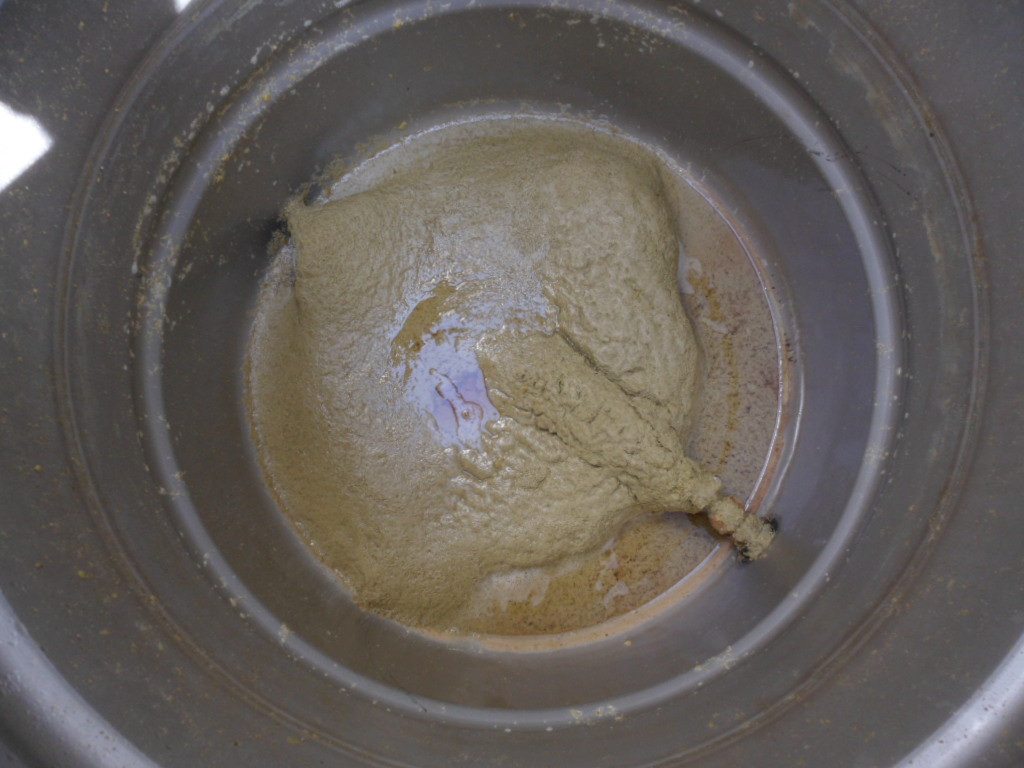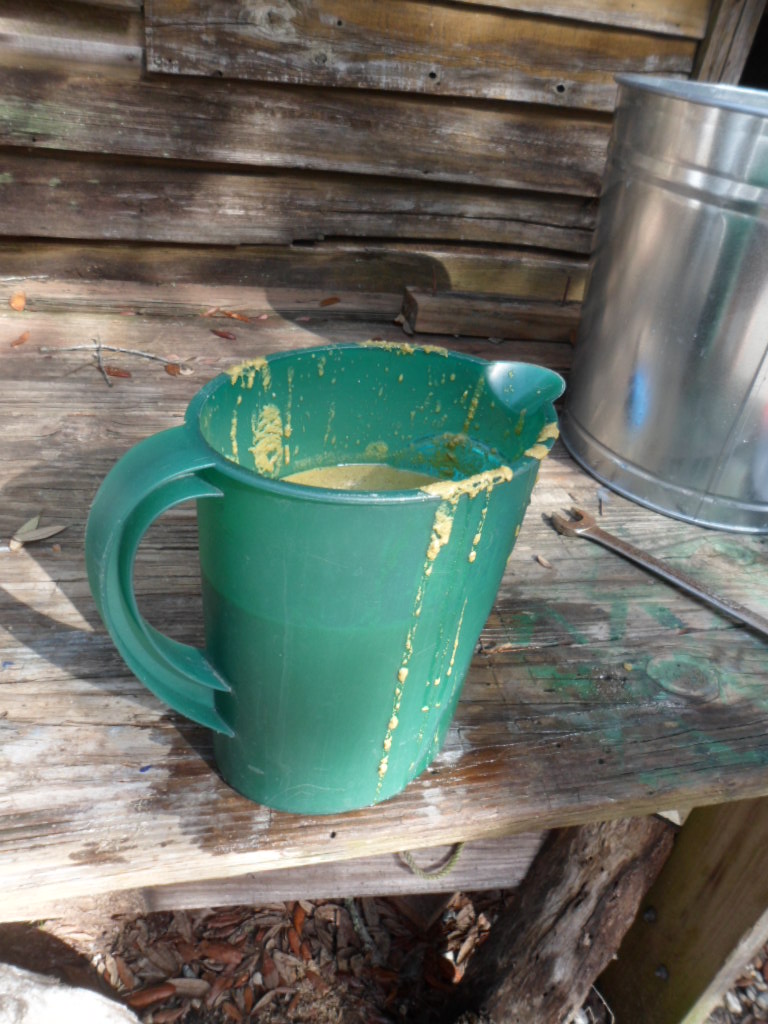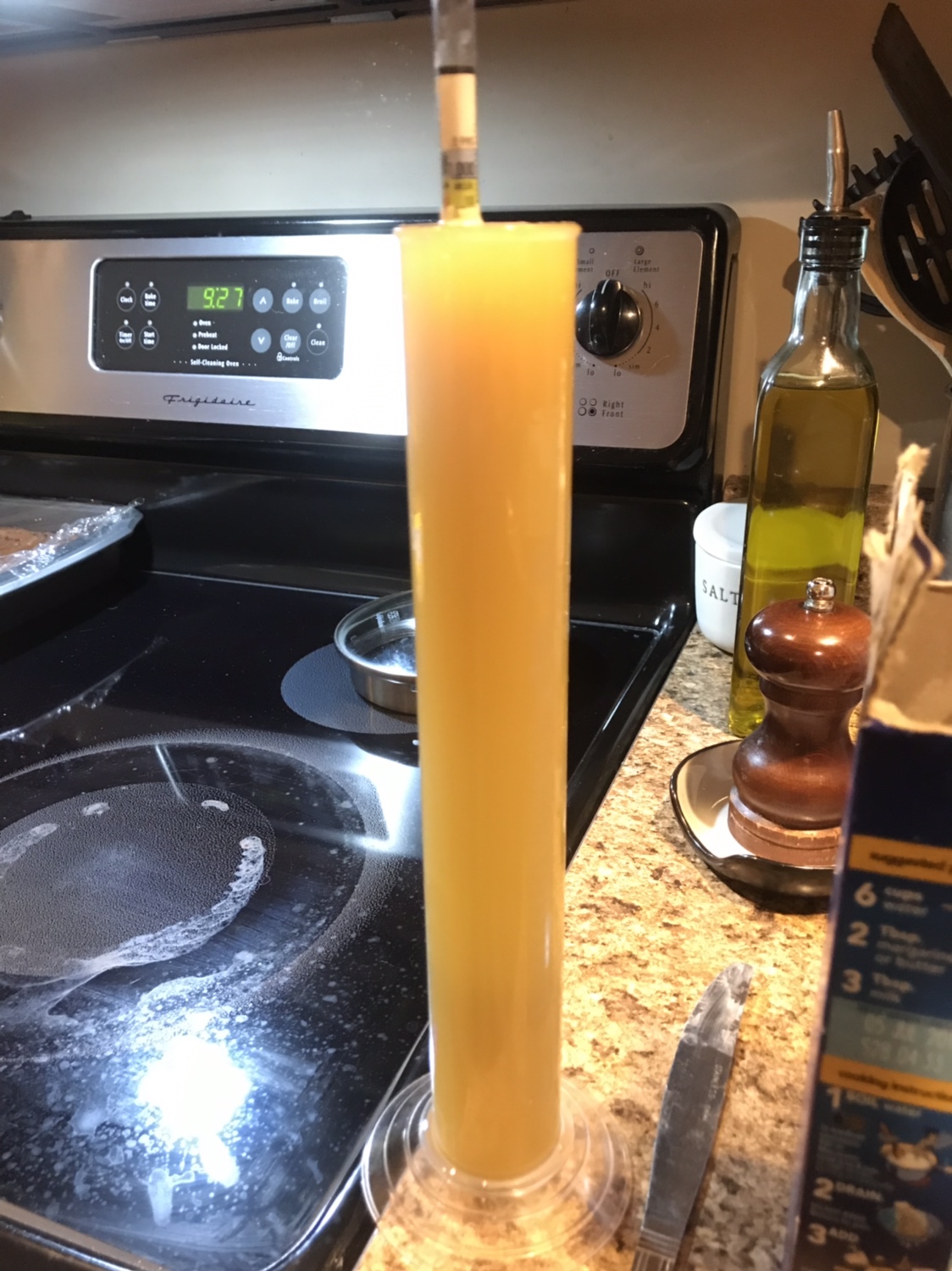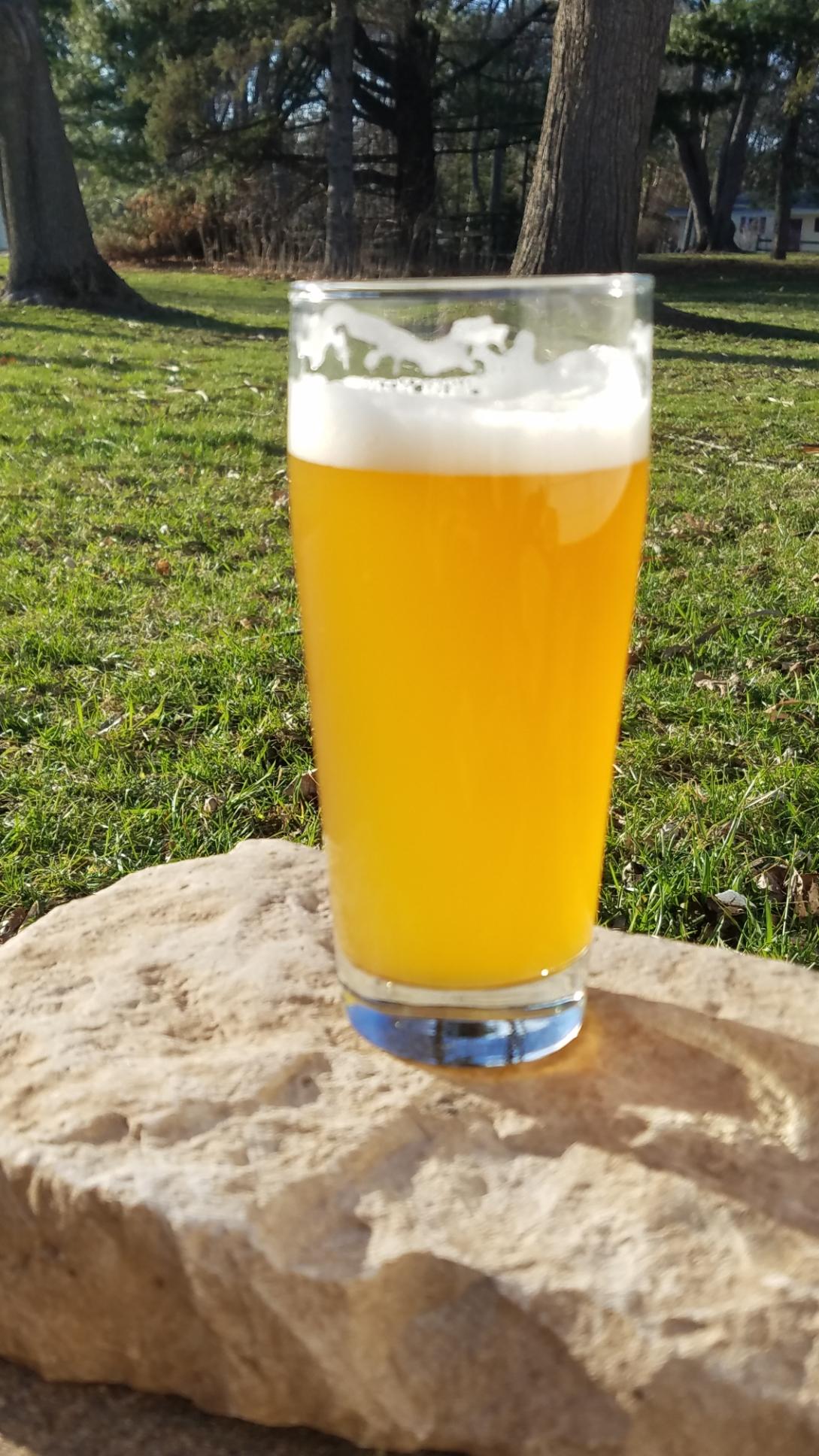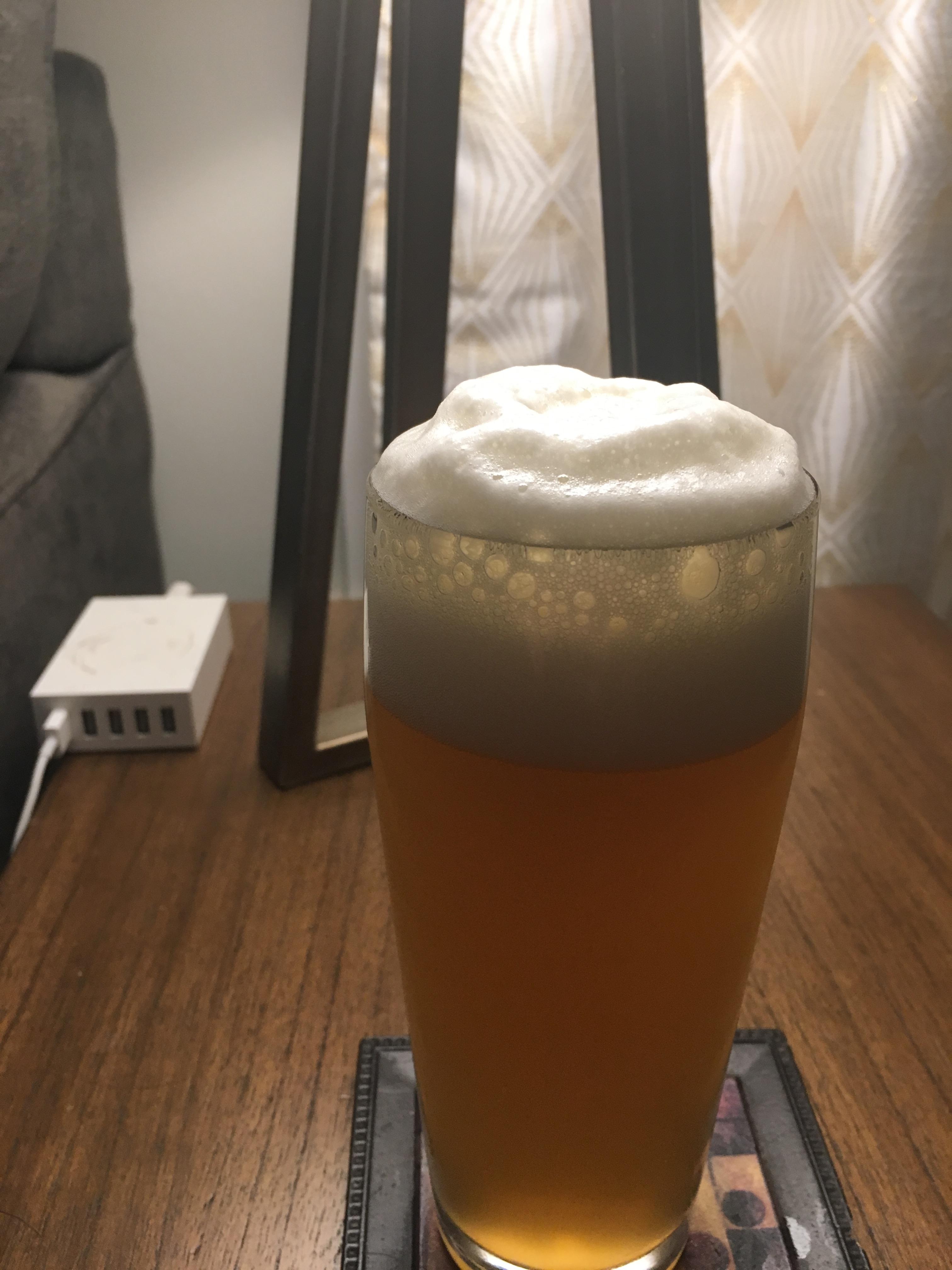couchsending
Well-Known Member
- Joined
- Jun 21, 2016
- Messages
- 3,037
- Reaction score
- 2,133
I don’t understand what the motivation is to make things sweeter or thicker? It just makes the beers harder to drink more than one of and your waist line that much bigger.
A finishing gravity of 1.014-1.016 is all
You need to accomplish full, flavorful beer with the correct water profile.
And if you’re using 1318 it adds so much more sweetness at the same FG that any other yeast.
A finishing gravity of 1.014-1.016 is all
You need to accomplish full, flavorful beer with the correct water profile.
And if you’re using 1318 it adds so much more sweetness at the same FG that any other yeast.
Last edited:



